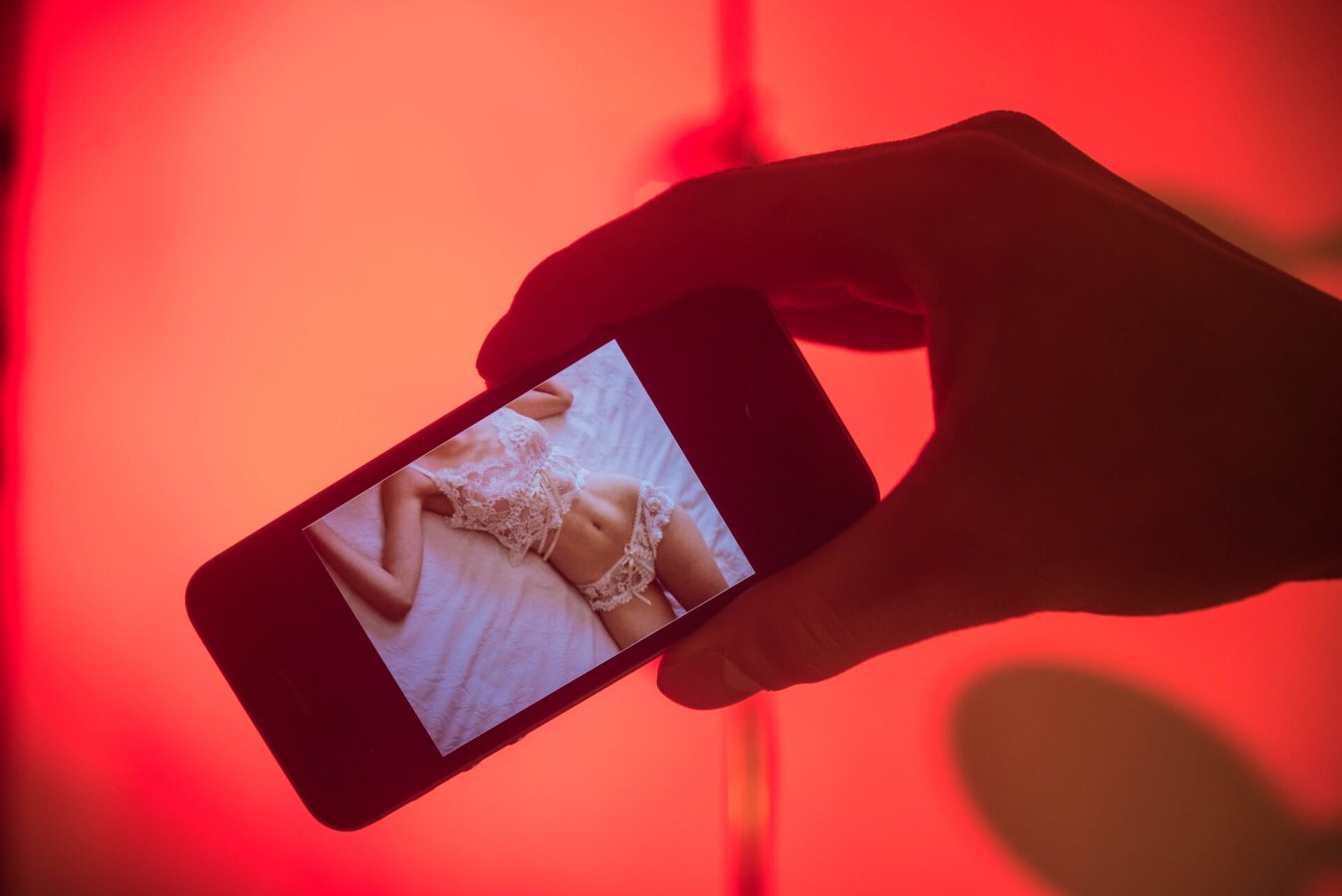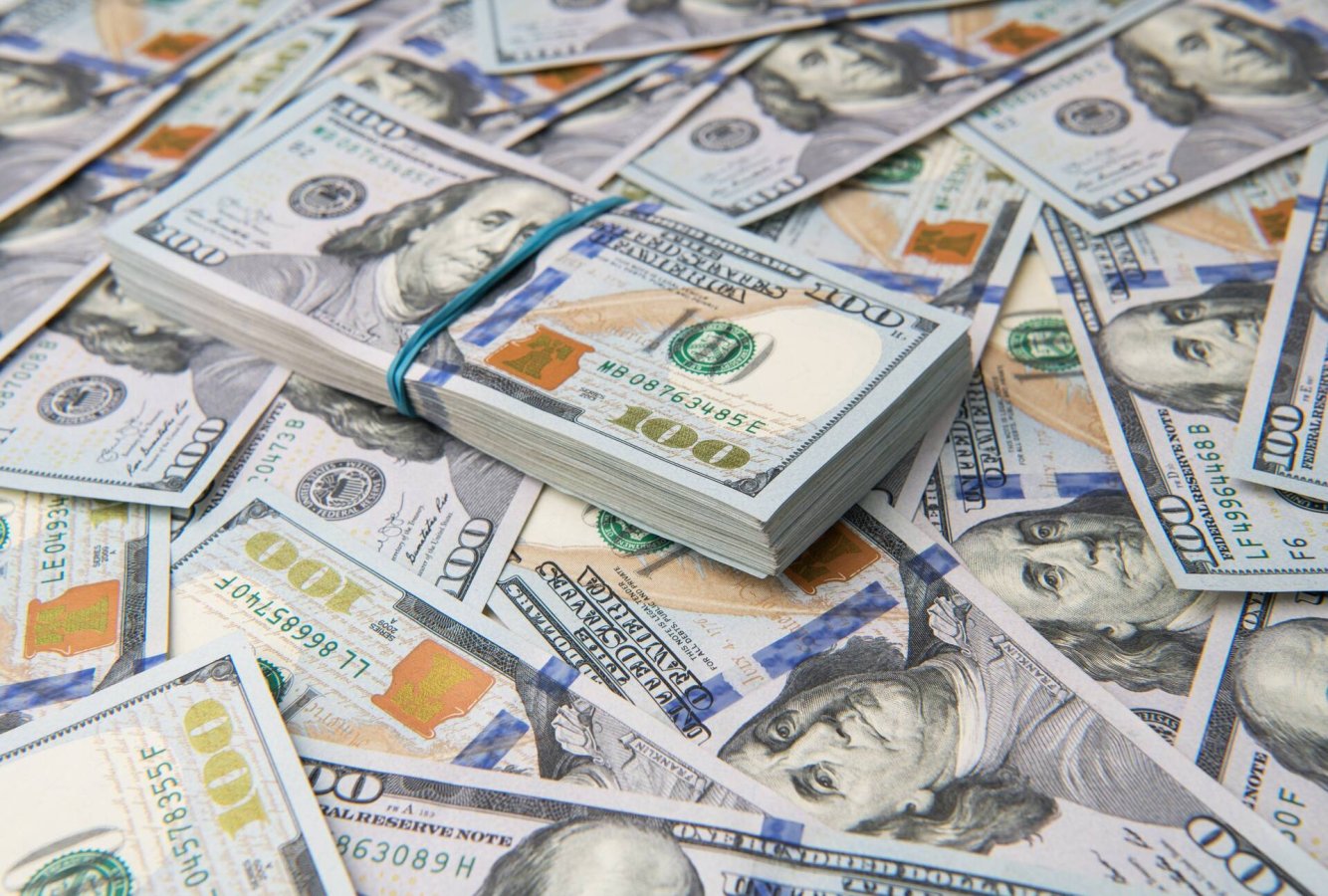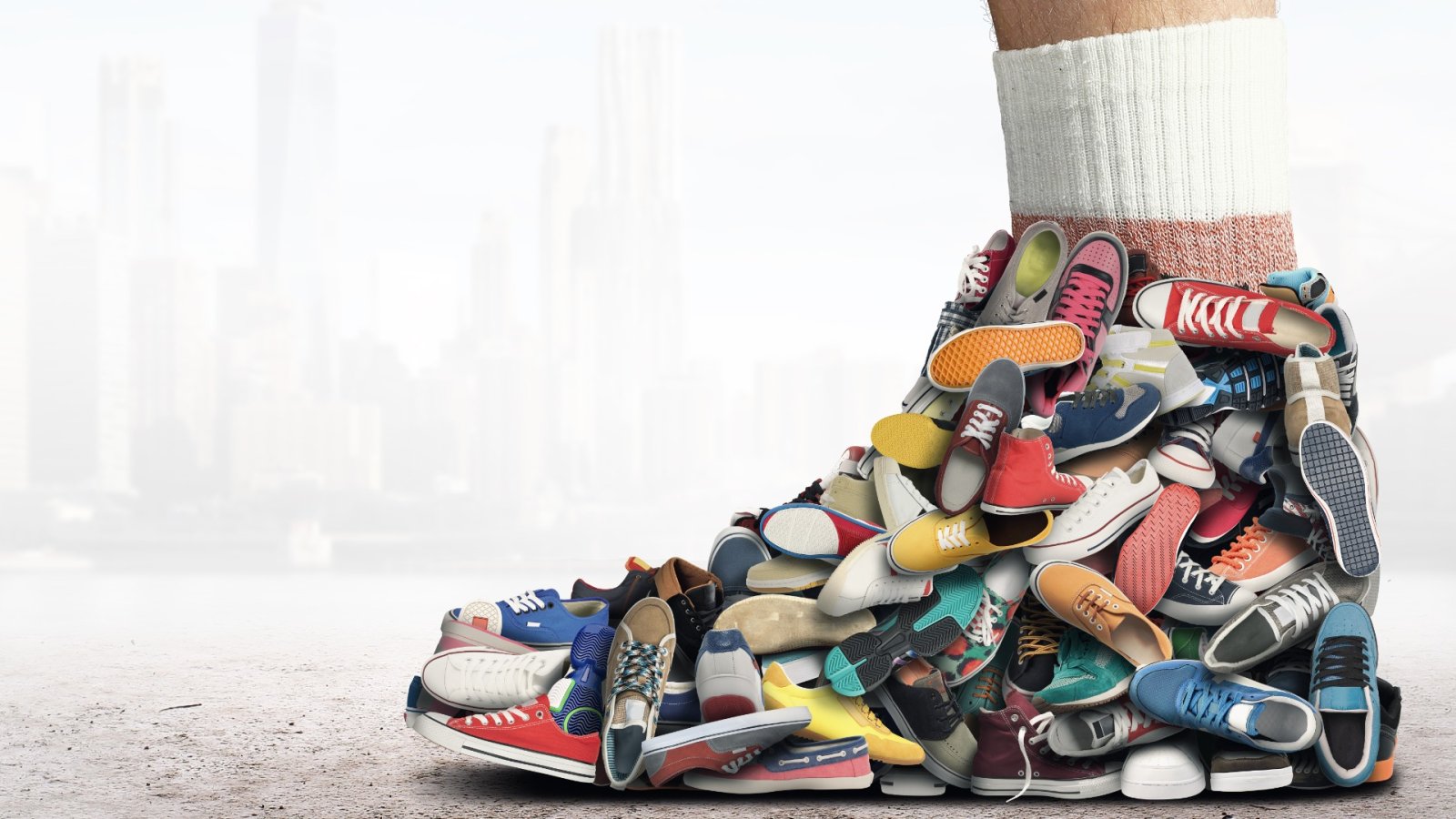Sneaker culture has evolved from a niche interest among athletes to a global phenomenon that has had an immense influence on fashion. The origins of this movement can be traced back to the early 1900s with the development of specialized footwear for different sports. Sneaker culture finds its roots in the late 19th century with the introduction of athletic shoes. Initially designed for performance in runs and games, these early kicks focused solely on function. However, it wasn't until the mid-20th century that sneakers began asserting their style credentials. The release of the Converse Chuck Taylor All-Star in 1917 marked a pivotal moment, as the shoe swiftly became a wardrobe staple both on and off the court.
The 1950s and 1960s witnessed basketball's rise in popularity, further embedding sneakers into everyday wear. But it was the 1985 debut of the Air Jordan 1 that truly revolutionized the industry. Endorsed by the legendary Michael Jordan, the iconic shoe not only showcased his talent but established sneakers as a symbol of self-expression. The Air Jordan 1's impact on sneaker culture is unparalleled, cementing its status as a fashion icon and setting the stage for future sneaker design and marketing strategies. The rising popularity of basketball in the mid-20th century was instrumental in shaping sneaker culture. Kicks became symbols of identity both on and off the court. In the 1970s, basketball icons like Walt "Clyde" Frazier influenced sneaker fandom, with fans and fashionistas alike drawing inspiration from their courtside footwear. Frazier's endorsement of the inaugural PUMA Clyde in 1973 marked the first signature sneaker for a hoops star, laying the foundation for future athlete partnerships.
The Air Jordan 1 transcended sports, cementing itself as a symbol of style, defiance, and self-expression. Its impact on fashion and pop culture is immeasurable, pioneering collaborations between athletes, entertainers, and sneaker brands. The Air Jordan line also included limited edition drops that amassed fervent collector interest. As sneaker culture grew in momentum, it extended far beyond the sports realm, taking on increasingly commercial and mainstream dimensions. Linkups with luxury houses have elevated kicks, merging high fashion with streetwear sensibilities. This shift was propelled by celebrity cosigns, hip-hop influence, the booming resale economy, and new online/event-based communities dedicated to sneaker fandom.
The rise of hip-hop and street culture in the 1980s and 90s played a pivotal role in mainstreaming sneaker fandom. The 1986 release of Run-DMC's "My Adidas" marked a turning point, as the group's endorsement of the Adidas Superstar brought kicks to the forefront of popular culture and shaped fashion trends. This collaboration paved the way for future partnerships between musicians and sneaker companies, cementing the connection between hip-hop and sneakers. In Europe, sneaker culture is heavily influenced by soccer and fashion. The UK, with London as its epicenter, serves as a hub for sneaker enthusiasts, offering exclusive launches and events that appeal to a diverse audience. Across the continent, sneakers are more than just athletic footwear - they are also key style statements. In Japan, notably Tokyo, the sneaker scene is known for its distinctive and often cutting-edge approach. Limited releases and high-profile collaborations are commonplace, reflecting a culture that values innovation as well as tradition. This regional diversity highlights sneaker culture's global reach and adaptability, making it a truly universal phenomenon.
Sneaker culture has undergone significant evolution in the digital age, shaped by the rise of social media, technological advancement, and growing influencer and celebrity collaborations. This transformation has not only changed how kicks are bought and sold, but has sparked important discussions around legal and ethical issues in the resale industry.
The Impact of Social Media
Social platforms have played an integral role in stoking hype, awareness and accessibility in sneaker culture. Instagram, Twitter and YouTube have given brands a means to build buzz for upcoming launches. These channels also provide a community for sneakerheads to connect, share collections and stay current on trends. But the ability to rapidly spread word of limited releases has intensified competition, making it increasingly tough for casual fans to cop coveted pairs.






